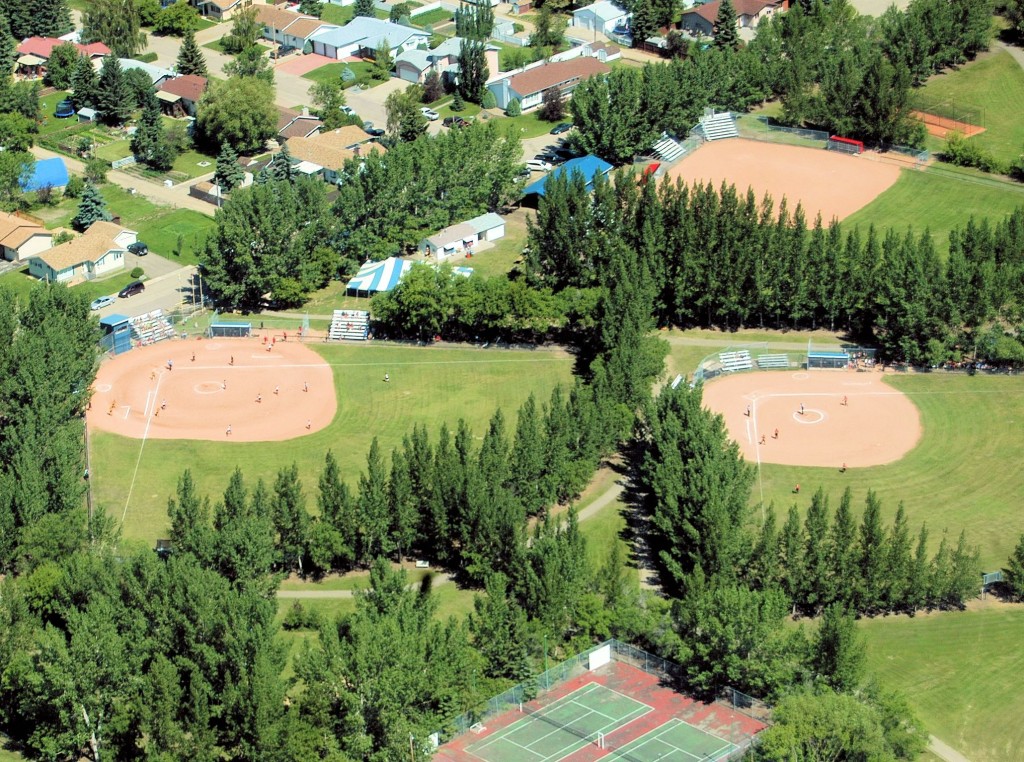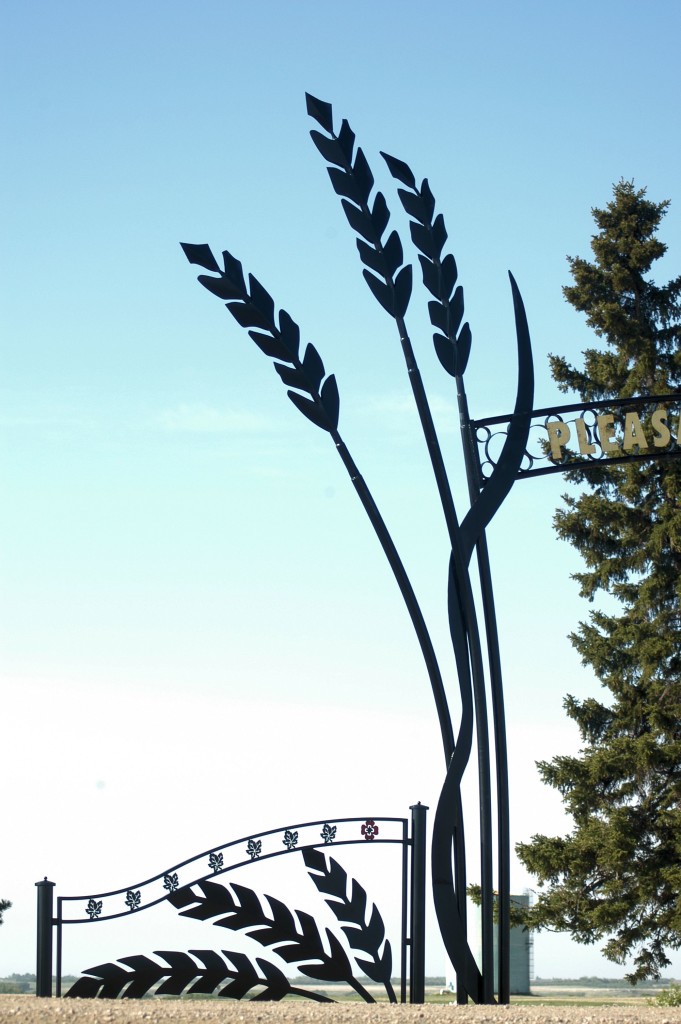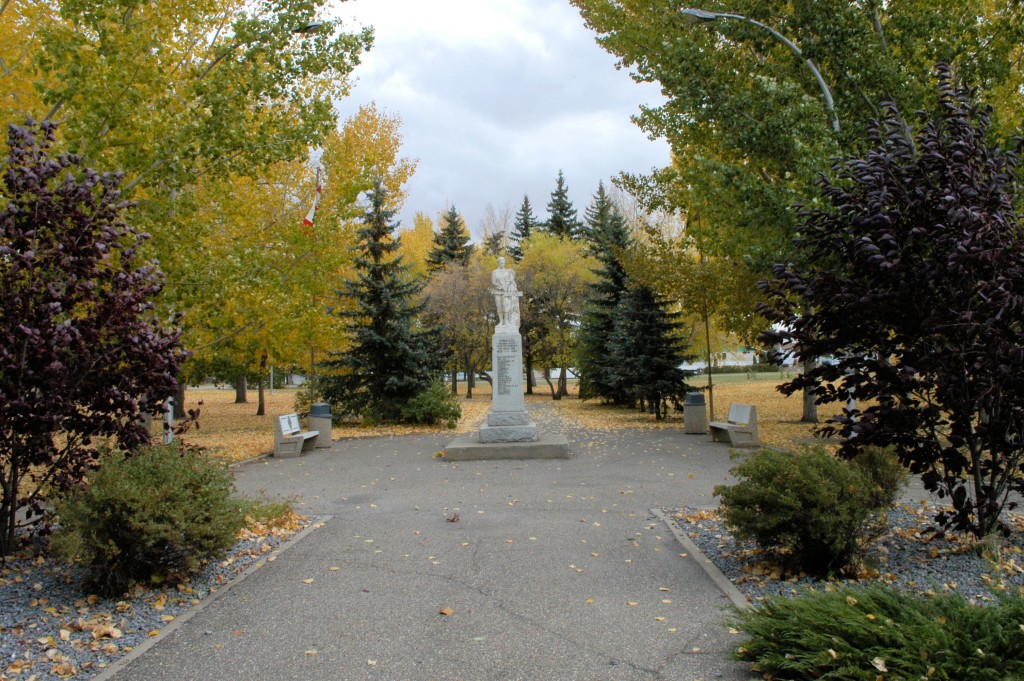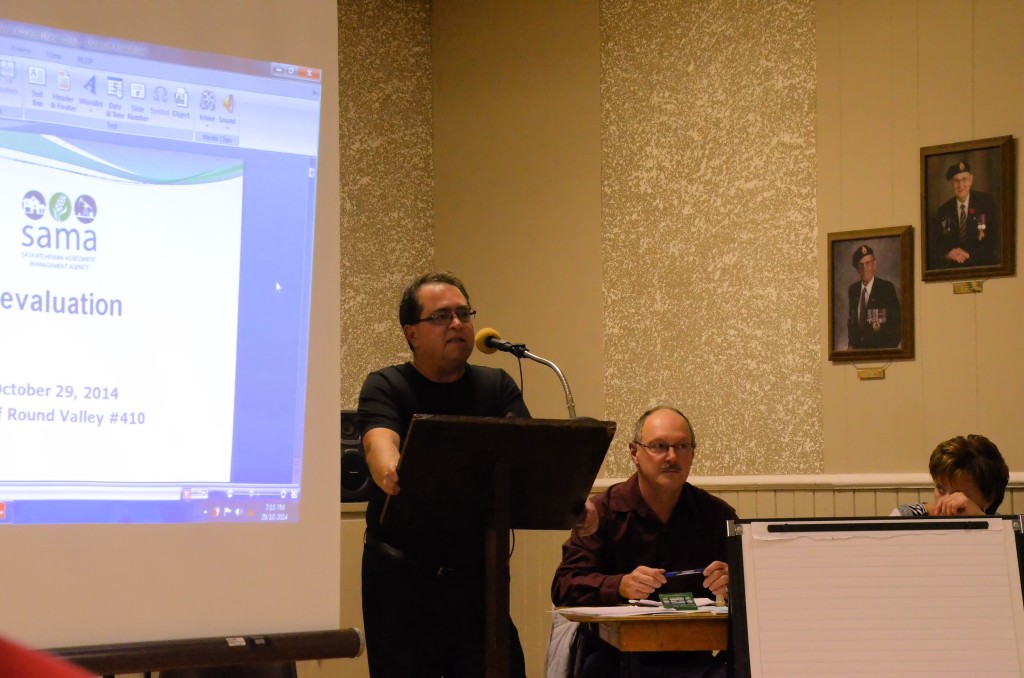What do visitors think of Unity, Saskatchewan? What’s the first impression our town makes on those just passing through or popping in for a quick visit? Are there things about our community — positive or negative — a traveller or guest notices that we have become so used to seeing, it’s no longer on our radar?
Answers to those questions were sought in August, 2014, when the Town of Unity and the Unity and District Chamber of Commerce took part in the Saskatchewan Economic Development Association’s “First Impressions” program. “Volunteers from two somewhat similar communities agree to do unannounced exchange visits and then report on their findings. Participants become ‘secret shoppers’ for the day to discover what they can about their sister city,” explains SEDA’s website.
Under the guidance of Carey Baker, economic development officer for the Town of Unity, Unity and Maple Creek were partnered up and one sunny day towards the end of August, eight individuals from the Town of Maple Creek descended unannounced upon the Town of Unity.
A comprehensive written report on their “first impressions” has now been received from the Maple Creek visitors. In this first of a three-part series on the First Impressions program, we will look at what these visitors saw as strengths and positives about Unity.
For the most part, the First Impressions participants were impressed with how clean and tidy our town is, along with the green space we have.
Some comments along this line included: “lots of green space & wide streets;” “town was very neat and tidy — streets, houses, yards;” “drove every street, only two residential lots were unkempt;” “despite being overwhelmingly the first thing one experiences upon arrival in Unity, the industrial areas and facilities are remarkably well maintained and landscaped;” “residential parks are peaceful & well maintained;” and “Parkview Place seniors’ housing impressed me in a positive way because of its beautiful grounds which includes benches, flowers, vegetable garden, & fruit trees.” Although school was not yet back in session, it was noted the grass was mowed in all the school playgrounds.
Of course the regional park with our ball diamonds was also referenced. One person said, “I was blown away by the ball diamond complex. It is vast and elaborate with amazing infrastructure from bleachers to scoreboards & announcer’s booths, to concession stands. The quality of everything was exquisite. Given the scale and immaculate condition of the baseball diamond complex, it appears as though Unity takes its baseball very, very seriously.”
Another site which garnered a very favourable reaction was Pleasant View Cemetery. “The cemetery was spectacular! The setting amidst the wheat fields, the metal gateway arch, the landscaping design, the perimeter spruce rows, and the grooming. Easily the most beautiful, best landscaped, and most amazing cemetery I have seen.”
Along with the praise for the cleanliness of the town and the green space, our downtown murals were enjoyed by the visitors. One person said, “The murals made the downtown very striking, especially those on the fronts of buildings like the Funeral Home.”
In the report summary, four items were listed as the most outstanding feature of our community: community pride, murals and green space, the cemetery and the baseball diamonds.
Along with those things, positive feedback was received about residents’ access to health care. It was noted Unity has a resident dentist, optometrist, chiropractor, massage therapists, doctors and “seniors’ housing for all levels of care.”
The availability of other professional services in town such as banks, credit union, accountants, lawyers and financial planners was also commented on.
Other highlights mentioned in the evaluation by the volunteer visitors were the dog park, KC Rescue — “what a fantastic undertaking for a community of this size” — the “OpportUNITY” slogan and signage, the Courtesy Car and the cenotaph — “extraordinary!”
Businesses of note included Country Pantry, Found Treasures, Wildeman’s Sports Excellence, Chase Pilates and “the crystal store,” most of which were referenced in several parts of the report including in answers to questions such as “what … would bring you back?”
Another noteworthy business was Maljan’s Shoe Repair. “The cobbler’s shop on Main Street was like stepping back in time. What a great business to still have operating within the community!”
The North American Lumber store building was a highlight: “Loved the lumber yard! What an incredible example of that era of lumber yard architecture with the central hardware shop and the two drive-through lumber sheds on either side … Modern tin aside, the building is a gem.”
Prior to the visit, the Maple Creek people had checked out the town and other websites. The town website received a number of favourable comment, including specific mention of the business directory and of the website in general being “easy to use.”
One person’s wrap-up comment about Unity was “It was different than I expected. I had expected it to look much more tired and rundown, and it was crisp and clean.”
Perhaps these fresh eyes looking at our town will remind us all to stop and consider ho much our community has to offer both to residents and to visitors. That being said, no town is perfect, of course, and Unity is no exception, according to our “secret shopper” visitors. Stay tuned – next week we will post a summary of their suggestions for improvement.





